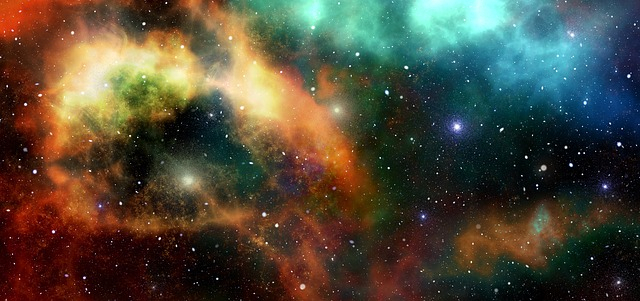The year 2019 has been quite memorable for space scientists so far, as several milestones including the first photograph of the black hole were captured this year. As 2020 is just a few hours away, International Business Times, Singapore edition, hereby presents you with the biggest space discoveries that changed human perception of the universe.
The arrival of an interstellar comet
It was in August 2017, that amateur astronomer Gennady Borisov discovered an interstellar object that reached the solar system from the deepest nooks of the universe. Upon further analysis, space experts revealed that this mysterious object is an interstellar comet.
It should be noted that the first interstellar visitor that reached the solar system was Oumuamua, discovered in 2017. But this was visible only for a few weeks, and as a result, scientists got only very little time to study the space body.

However, the new interstellar comet Borisov was discovered before it made its pass behind the sun, and as a result, scientists will get sufficient time to learn about its characteristics. The discovery of Borisov is considered a milestone feat, as it helped scientists to understand that interstellar objects in the solar system may be more common than previously thought.
The first photograph of a black hole
In 2019, space scientists created a new history by capturing the first-ever image of a black hole, the most mysterious entity in the universe. Scientists captured this image using the Event Horizon Telescope, and they successfully snapped a photo of the supermassive black hole at the centre of a galaxy named M87. This galaxy lies 53.5 million light-years away, and the black hole is much larger than the supermassive black hole located in the centre of Milky Way galaxy.
It should be noted that black holes are spooky entities that swallow even light, and as a result, scientists did not capture the image itself. Instead, scientists photographed the event horizon of the black hole. Experts now believe that they will be able to photograph the supermassive black hole in the centre of the Milky Way in the near future.
Human's close approach with the sun
Even though NASA's Parker Solar Probe aimed to explore the sun was launched in 2018, it made its close approach in April 2019. During its exploration, the Parker probe detected mysterious rogue waves within the sun, and it also discovered solar winds exceeding the speed that any model has previously predicted.
The discovery of these mysterious rogue waves was totally unexpected, and space scientists are still unable to give a convincing explanation to describe this phenomenon. The finding also suggests that human understanding of the sun is very minimal, and more research should be carried out to unveil the mysteries surrounding solar activities.
Discovery of ploonets
In July 2019, in a study report published in the pre-print journal ArXi, researchers gave a fancy name to a class of wandering exomoons. As per scientists, these wandering exomoons named ploonets might have ripped from the gravitational pull of their host planet and pulled toward their host star.
Even though the existence of ploonets is just a theoretical concept now, experts believe that the discovery of such mysterious wandering exomoons may happen in the future.
Exoplanet with three suns
Using the Transiting Exoplanet Survey Satellite (TESS), NASA discovered an exoplanet with three suns. Experts believe that studying more about this exoplanet could help to unveil several mysteries surrounding the existence of alien life.
It should be also noted that this new exoplanet could hold an atmosphere, and in the future, scientists can try to detect traces of gases like carbon dioxide in this exoplanet. As this exoplanet has a speedy orbit around its sun, it will also provide plenty of opportunities for scientists to learn more about this space body.
An exoplanet orbiting a dead star
Until now, space scientists believed that dead stars do not have planets orbiting around them. But recently, a team of scientists spotted a giant exoplanet that is orbiting a white dwarf. This discovery is expected to revolutionize modern space science, as it adds up to the assumption that planets used to survive even after the death of the star.









